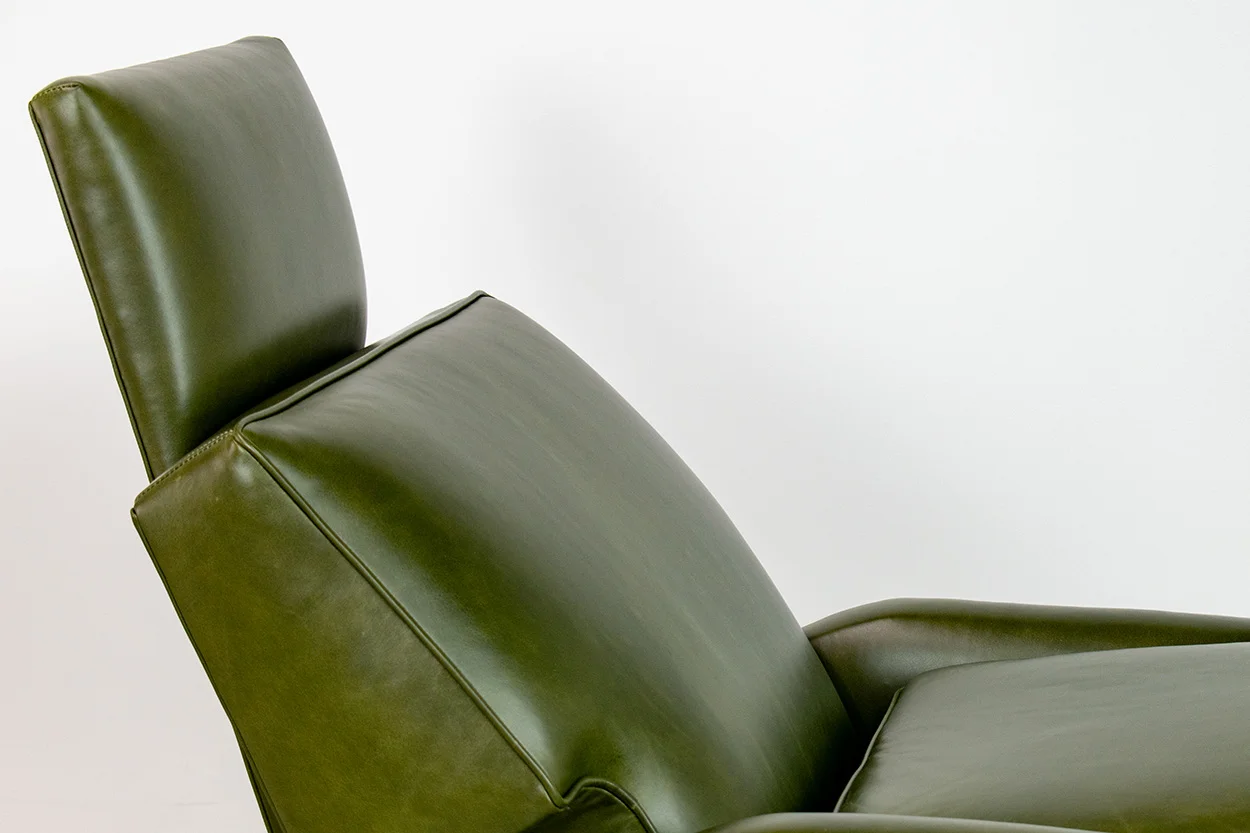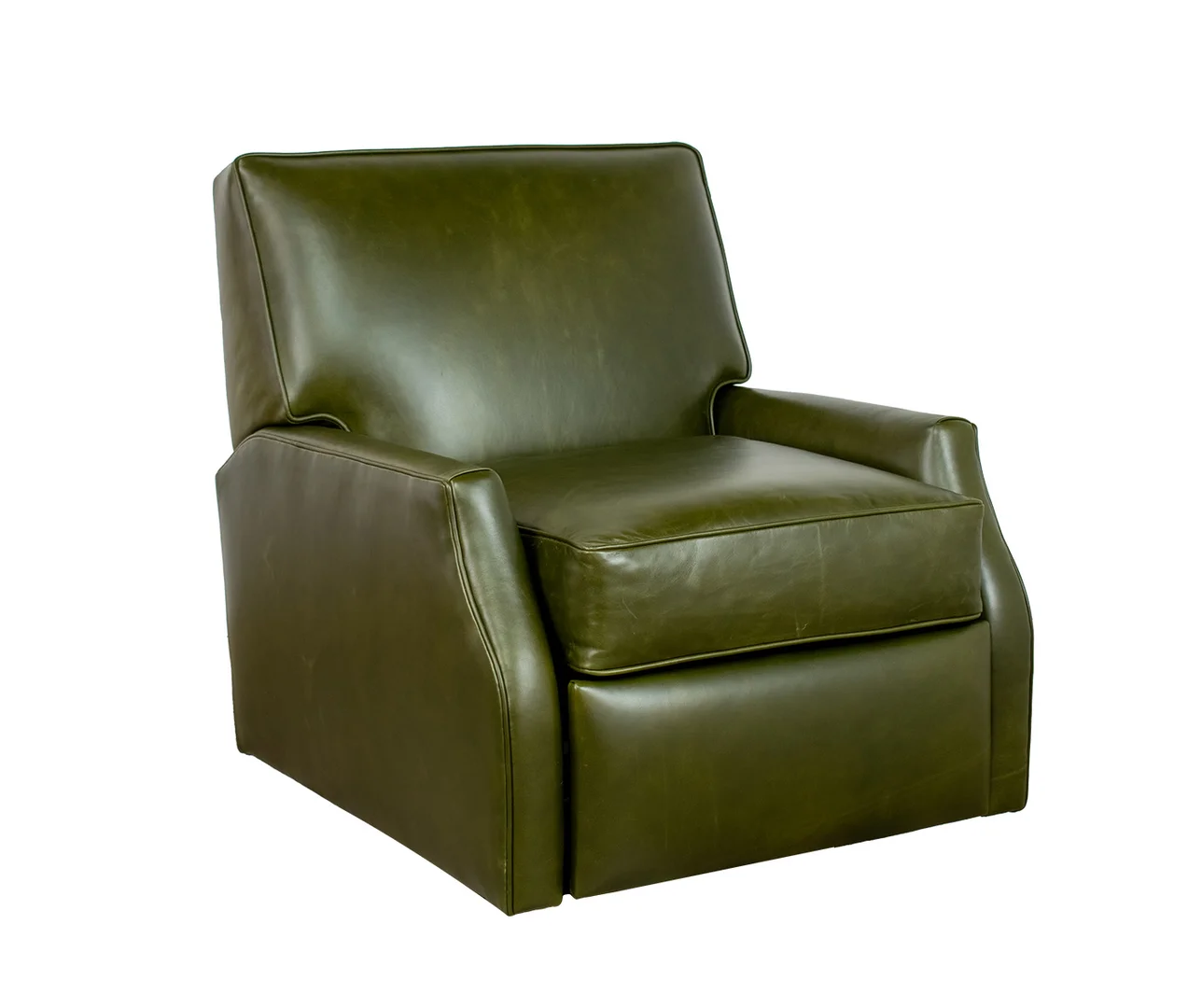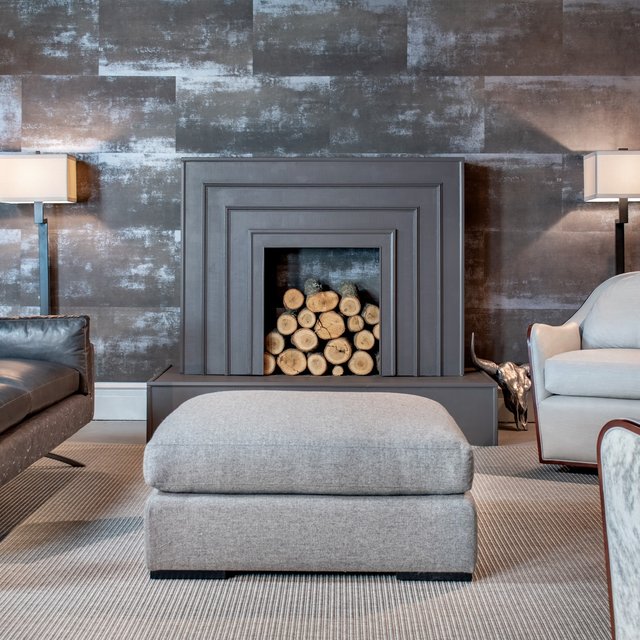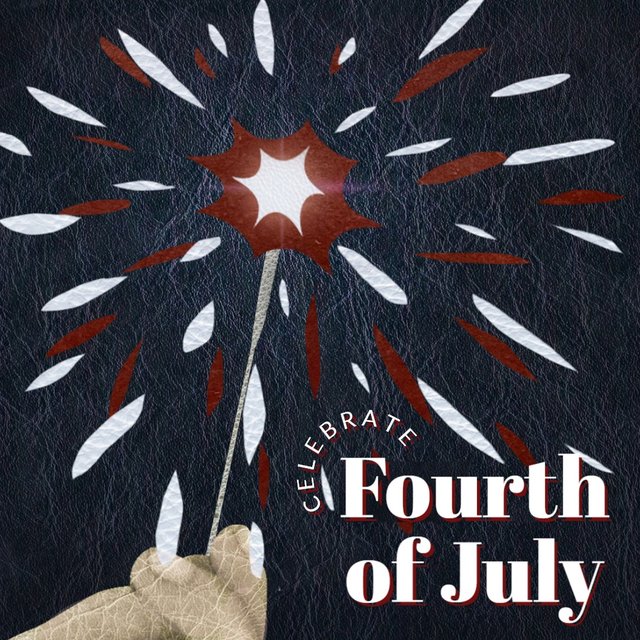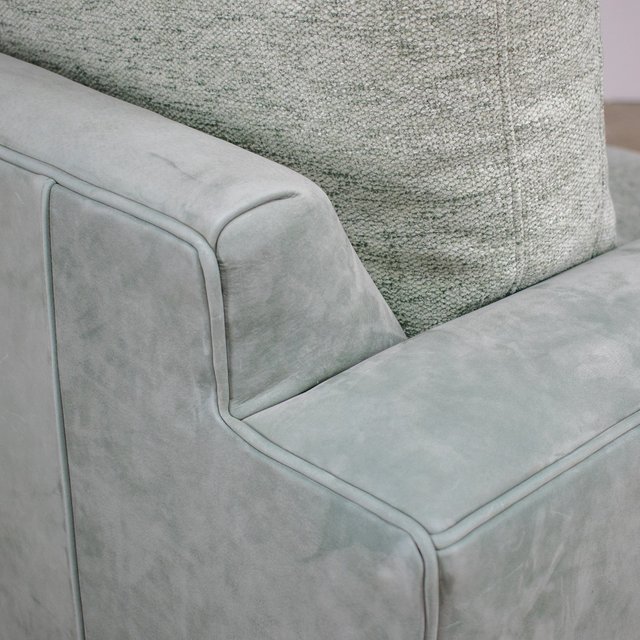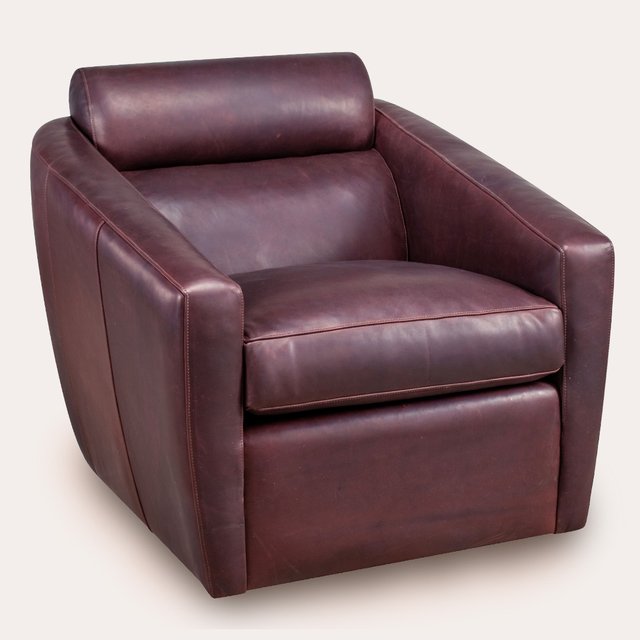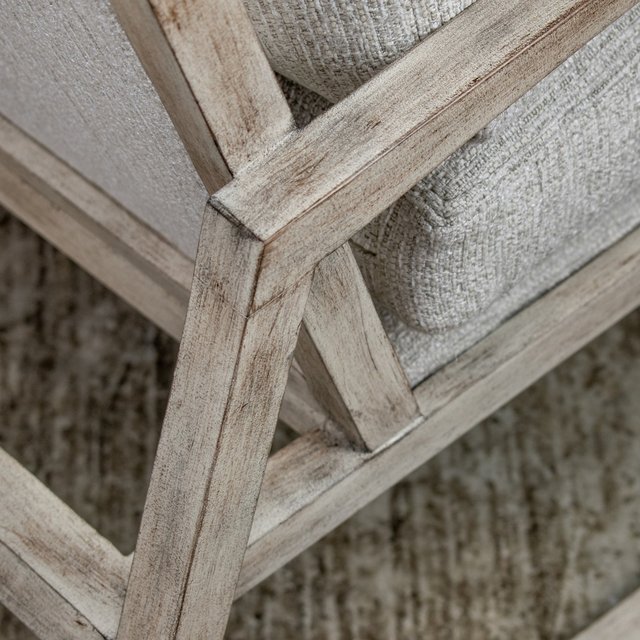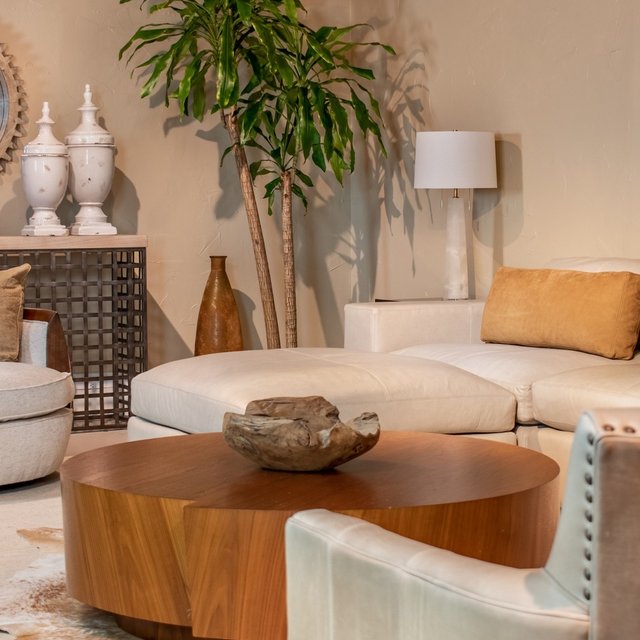Welcome to our new website! Explore both Leathercraft & OHD's lines conveniently in one place!

Sustainable materials, local craftsman, accessible & inclusive design.
Features & BenefitsWhat's New
Get ready to sink into luxury this season. We're bringing sophistication and comfort together with our newest introductions.
See new Intros
The Art Of Furniture Making
Quality Craftsmanship
We only use select premium quality fabrics and leathers, the highest standards of practices, and environmentally safe materials that meet or exceed all California and USA compliance requirements and standards for our industry.
Our skilled craftsmen are the best of the best. We build every piece by hand in our factory in the foothills of North Carolina. Many of our furniture makers are 2nd and 3rd generation legacies, still employing the highest standard of time-honored furniture making traditions. We exclusively use solid hardwood frames and true 8-way hand-tied seating foundations, providing the highest standard of comfort and durability for support and shape.
Thoughtful CraftsmanshipDesigner Favorites
There is something special about bench made, bespoke furniture that is crafted by the hands of trained, skilled furniture artisans.
See them allWho We Are
Made by hand in NC
Leathercraft by OHD is a high-end manufacturer of transitional and traditional upholstered furniture. Proudly made in America by the hands of our skilled furniture artisans in the foothills of North Carolina, arguably the furniture capital of high-end home furnishings.
We are a privately owned company that feels strongly about our Core Principles: family, community and quality. Any time we develop product or make changes to our products we ask ourselves if these changes will negatively affect our family, community and quality. This is why we are fully committed to using solid wood frames, and premium materials throughout. Although many of the steps we take to ensure quality are not seen by the naked eye, it is ever so important that we know the products we are sending out into the world are safe, healthy, and built to the highest standards.
About Us
As a professional HR, understanding the intricacies of different job markets and salaries is crucial for attracting top talent to your organization. One such field that requires specialized knowledge is web development, especially in a tech hub like California. In this article, we will delve into the factors that influence web developer salaries in California and provide insights that can help you make informed decisions when hiring for this role: https://hiretop.com/blog/web-developer-salaries-in-california/.
California is known for being a hotbed of technology companies, from Silicon Valley giants to startups in San Francisco and beyond. This means that the demand for web developers is high, driving up salaries in the region. The average salary for a web developer in California is around $95,000 per year, but this can vary based on several factors.
One of the key determinants of web developer salaries in California is experience. Junior web developers with less than 2 years of experience can expect to earn around $70,000 per year, while senior developers with over 5 years of experience can command salaries upwards of $120,000 per year. Additionally, specialized skills such as proficiency in programming languages like JavaScript or expertise in specific frameworks can also impact salary levels.
Having a convenient and comfortable place to play in an online casino is crucial for several reasons. Firstly, comfort significantly enhances the overall gaming experience, allowing players to focus better and enjoy longer sessions without physical strain. Comfortable seating, like those available at https://www.ourhousedesigns.com/, can reduce the risk of back pain and other discomforts, ensuring that players remain relaxed and immersed in their game. Moreover, a well-organized and comfortable gaming environment helps in maintaining a calm and focused mindset, crucial for making wise decisions, especially in strategy-based games. It also adds to the enjoyment, making the gaming experience feel more like a leisure activity than a strain. For Australian players wanting a low-risk entry into online gaming, finding a casino with a minimum deposit is equally important. A $1 minimum deposit casino, accessible at https://casinoau10.com/1-dollar-minimum-deposit/, allows players to enjoy their favorite games without a significant financial commitment, further enhancing the comfort and convenience of their gaming experience. Combining physical comfort with the ease of low-deposit gaming ensures a pleasant, stress-free, and enjoyable online casino adventure.
No Brasil, a paixão pelo esporte eletrônico (esports) cresce a cada dia, atraindo fãs e jogadores ávidos por emoção e competição de alto nível. Conscientes dessa tendência crescente, oferecemos uma plataforma onde essa paixão pelo esports se encontra com a empolgação dos jogos de cassino. No Playtech cassino, não só apresentamos uma seleção premium de jogos de cassino de uma renomada desenvolvedora, como também abrimos as portas para o mundo vibrante dos esports. Aqui, você pode desfrutar de caça-níqueis emocionantes, jogos de mesa clássicos e, ao mesmo tempo, manter-se conectado com o universo dos esports, participando de eventos e competições que acontecem ao redor do mundo. Nossa plataforma é o seu destino para uma experiência de entretenimento completa, unindo o melhor dos dois mundos a qualquer momento.
